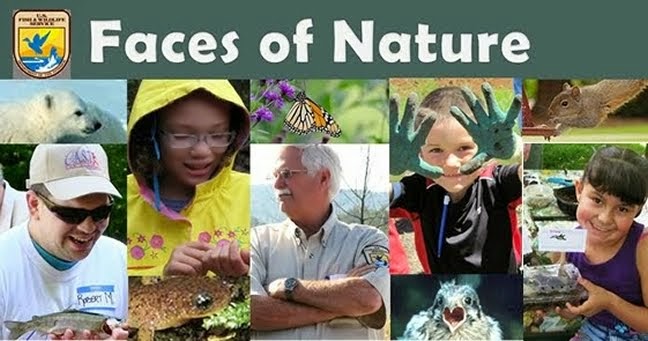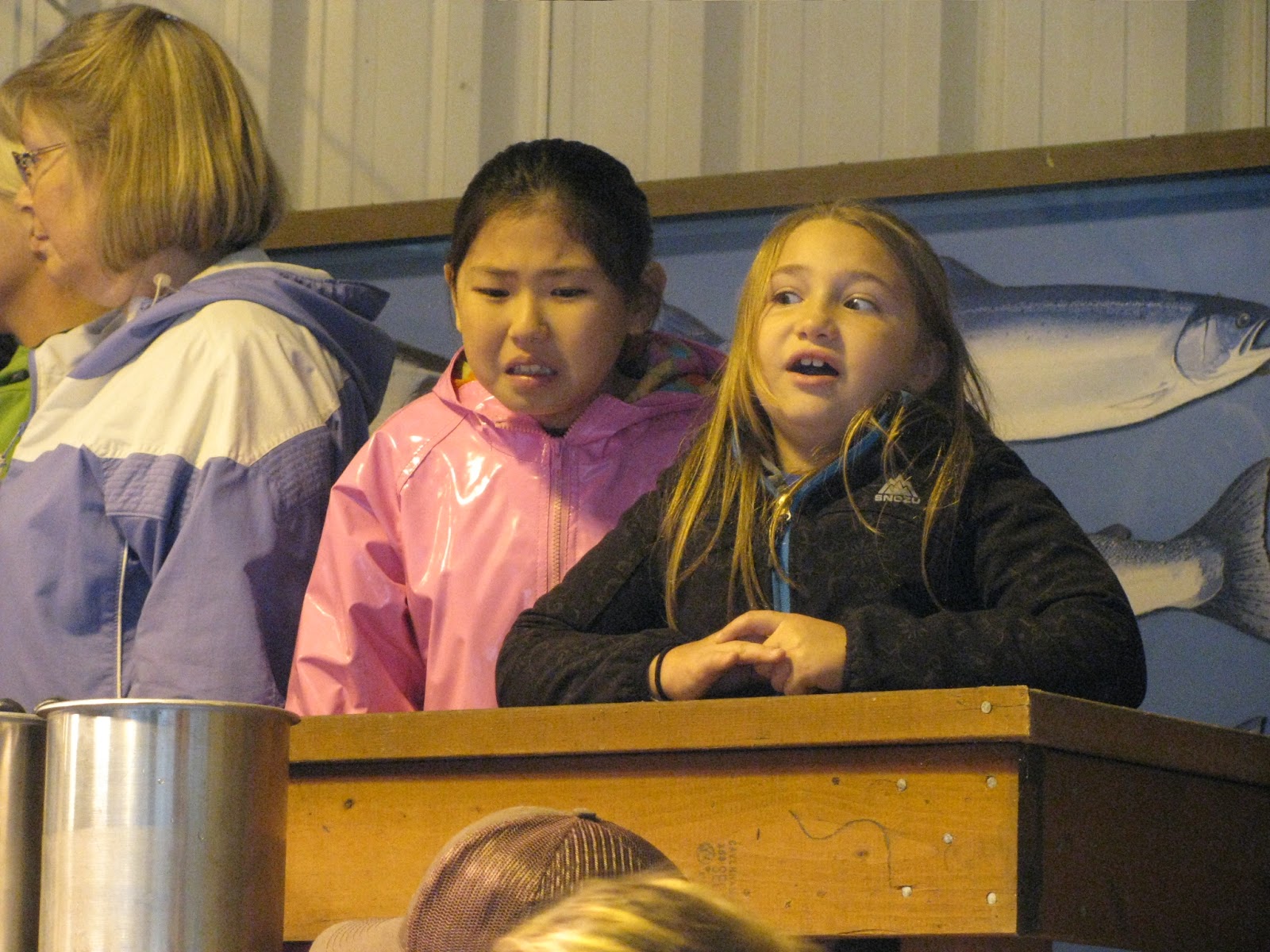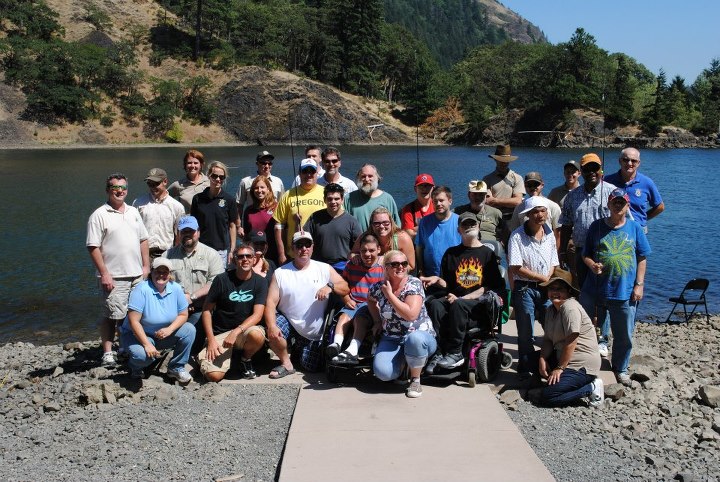| Seniors at the Rose Senior Center get outdoors with Adventure and Travel Club, led by Julie of the USFWS Connecting People with Nature Team Credit: Julie Concannon/USFWS |
The internship, funded by the CPWN program, combined with the expertise from the PCC Gerentology Department helped to create a sustainable program at Rose Senior Center in Portland to stimulate Senior brains and motivate seniors to connect with nature.
From Julie:
I began this adventure a couple of years ago, thinking that I might move into a new career area. How fortunate that Dr. Jan AbuShakra, Roger Anunsen and the rest of the Gerontology Department staff helped me to realize that I could combine a lifetime of skills as an ecologist, botanist, and wildlife biologist with lessons in how to work with elders to stimulate their brains. Being a Baby Boomer myself, I can see so much potential for the connecting seniors to nature, but getting out with seniors and really using some of the techniques for cognition was so gratifying.
| Julie helped the seniors learn to properly use the walking sticks for hikes. Credit: Julie Concannon/USFWS |
The Rose Senior Center Nature Adventures and Travel Club began in August, 2014 this year at the Rose Senior Center. I emphasized right away to the initial members that this “club” would be different. We would not only be getting out in nature, but stimulating our brains in ways that would be new and interesting. Instead of exploring new places, we began by exploring new ways to stimulate our senses. As time progressed, the seniors began to realize what we were doing and the activities became more and more complex and richly defined by nature.
Before the seniors took on their fiercest hikes, one item that came to be quite important: the walking stick. Next Adventure, a CPWN partner donated walking sticks to the seniors with the hopes of empowering them to get outdoors.
 |
| CPWN Partner, Next Adventure donated 5 sets of walking sticks for the seniors |
The late Joan Rivers used to say “uh can we talk?” when she had something really important to impart (usually through humor). The seniors that I am working with have started to collect a bunch of different walking sticks. Half of them are using them like canes and the other half do not know where to place them. So I held a little impromptu lesson on how to use a walking stick versus a cane. There is only one senior who really needs to use a cane. The others have never been properly instructed. Walking sticks can be very advantageous for any age. They are quite popular with the “Baby Boomer” crowd, but a relatively new item for a senior > seventy years old. I am hiking/walking with an average age of 75-77 years old.
We had a pretty long discussion about what a walking stick was for when strolling in nature, and how to stroll letting the walking stick help you. Leaning on the walking stick as if it is a cane is not going to help you, so I demonstrated how to walk with it. One lady commented “wow this feels so much better, just lengthening it a little.” Another indicated that she needed some leather around the top of the cane, after I pointed out that she had the walking stick upside down. These are pivotal moments when trying to encourage seniors to walk out in the rain in nature.














